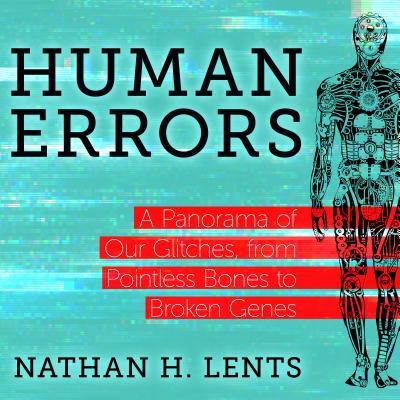What do you think?
Rate this book


Audio CD
First published May 1, 2018
“While lithopedions [“stone babies”] and abdominal pregnancies are quite rare, they are also 100 percent the result of poor design. Any reasonable plumber would have attached the fallopian tube to the ovary, thereby preventing tragic and often fatal mishaps like these.”
“to call our immune system perfectly designed would be equally inaccurate. There are millions of people who once happily walked this planet only to meet their demise because their bodies simply self-sabotaged. When bodies fight themselves, there can be no winner.”
"We have retinas that face backward, the stump of a tail, and way too many bones in our wrists. We must find vitamins and nutrients in our diets that other animals simply make for themselves. We are poorly equipped to survive in the climates in which we now live. We have nerves that take bizarre paths, muscles that attach to nothing, and lymph nodes that do more harm than good. Our genomes are filled with genes that don’t work, chromosomes that break, and viral carcasses from past infections. We have brains that play tricks on us, cognitive biases and prejudices, and a tendency to kill one another in large numbers. Millions of us can’t even reproduce successfully without a whole lot of help from modern science.